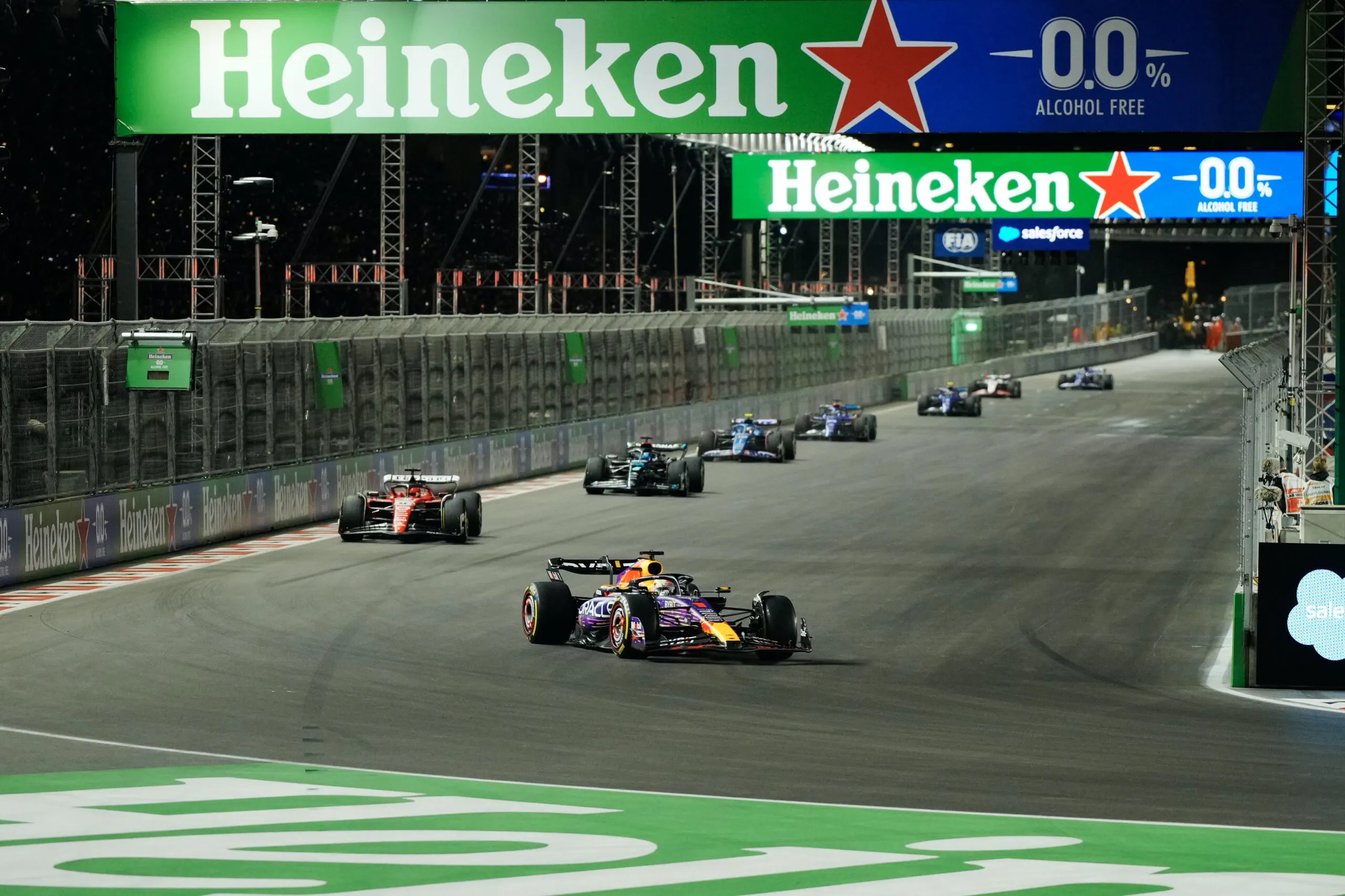We’ve known for quite some time that Formula 1 is changing the rules, beginning in 2026. The cars themselves, as well as the engines, will be significantly different, and now we have the answer to just how different the F1 future will be.
Formula 1 has released many of the details, condensed into this 15-minute, 48-second video. In short, says F1, the cars will be “lighter, safer and more competitive!” That’s part of the caption on the video, titled “The Future of F1.”

You’ll also hear “more nimble” several times in the presentation, as well as multiple references regarding the new car’s ability to close up behind another car, something “dirty air,” generated by the lead car’s extensive aerodynamics, prevents in the 2024 F1 field of cars. You’ll also hear “more sustainable,” including the use of renewable fuel and an increased reliance on hybrid electric power.
These 2026 rules are set to be approved on 28 June by the FIA World Motor Sport Council. None of it comes as a surprise to the teams, the manufacturers, or the powertrain suppliers, as they have been kept in the loop, and have even run some of the proposed configurations on their simulators.
The FIA is estimating that the new car’s less-aggressive aerodynamics will reduce downforce by 30 percent, which is expected to reduce cornering speeds. But a 55 percent reduction in drag will mean higher straightaway speeds. Both front and rear wings will be cockpit-adjustable.
Pirelli, the tyre manufacturer, will make the tyres narrower by 25mm (almost one inch) in front, and 30mm (1.18 inches) in the rear. The cars will still use 18-inch wheels.
The new cars will be about 30 kg lighter, with a wheelbase nearly eight inches shorter and a width about four inches narrower. Replacing the DRS (drag reduction system) on current cars is a “manual override” that will provide more electrical boost to a following car. F1 has been stung by complaints that there isn’t enough passing, and they are seeking to change that for 2026.
The cars will still be hybrids, with a far greater concentration on the electric aspect. The internal combustion engine will still be a 1.6-litre turbocharged V6, though its power will be reduced, while the electrical end of the power unit will be increased by about 300 per cent. F1 claims a record six future “power unit” suppliers – Ferrari, Mercedes, Renault, Honda, Ford, and Audi. No mention of Cadillac, which hopes to power the proposed Andretti entry.
Although the cars will be smaller and lighter, F1 says they’ll be safer, too. The rollover hoop has been strengthened, and the new nose will be recast as a two-piece unit, with the forward piece designed to give way in the event of a collision, while the second piece will still offer protection in the event of a subsequent impact.
“The key features of the 2026 F1 Regulations are advanced sustainability, technology, and safety,” said FIA president Mohammed Ben Sulayem. “Our aim, together with Formula 1, was to produce a car that was right for the future of the sport’s elite category. We believe we have achieved that goal.”
We’ll see.










Politics,social messaging,green agenda,euro sensibilities, glad we got indy car! F1… ciao